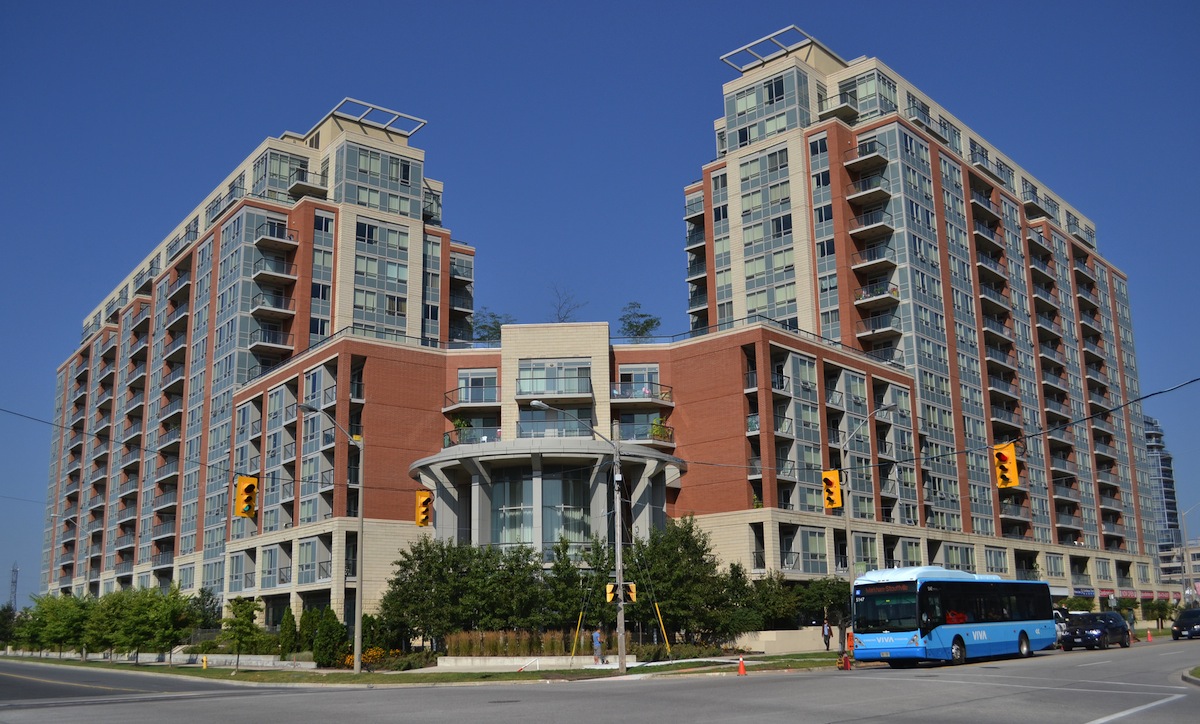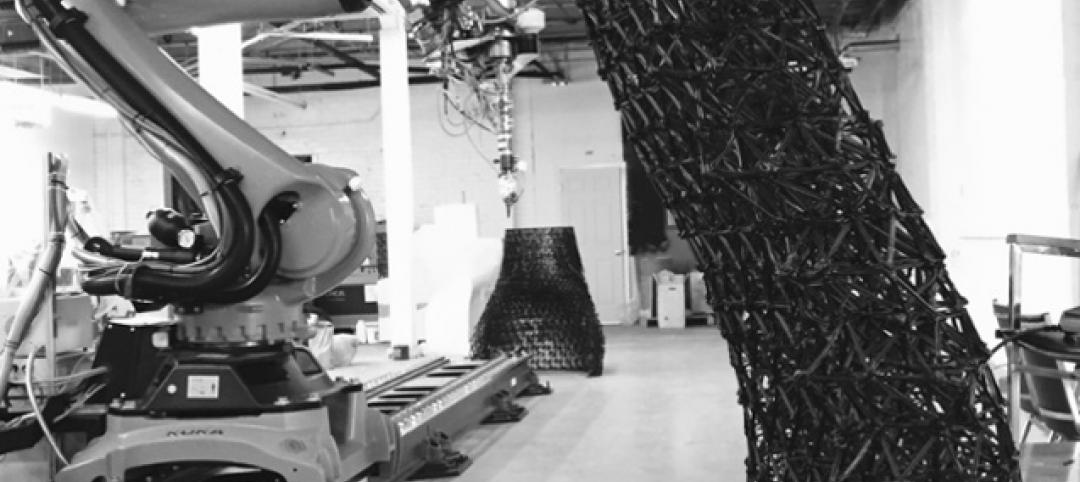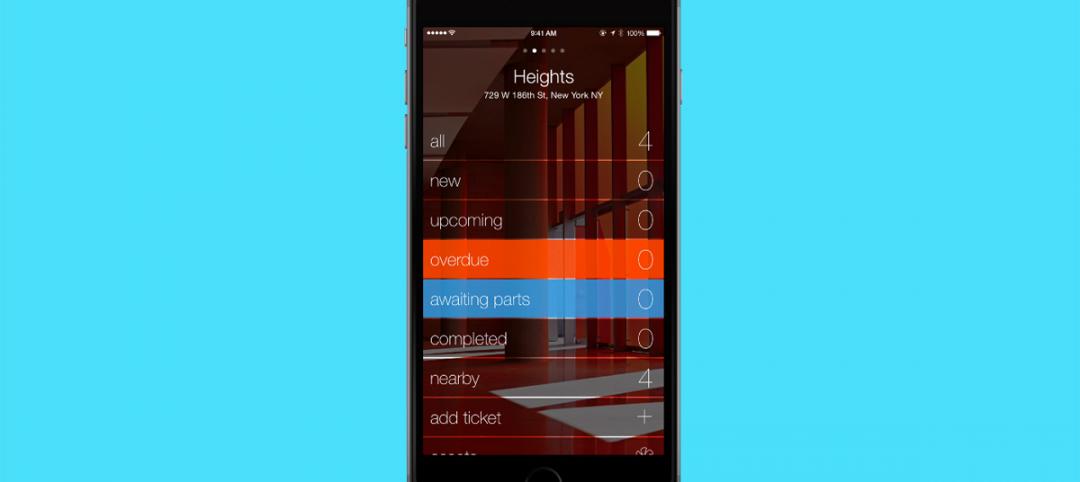The number of design projects, gross square footage, and net-zero energy projects has increased as part of the American Institute of Architects 2030 Commitment. Reaching carbon neutral buildings by the year 2030 is countered, however, by a small percentage of projects that met the 60% carbon reduction target for 2014.
It was determined in this report that nearly half of energy-modeled projects met or came close to meeting 2014 carbon reduction targets. Energy modeling allows architects to be more ambitious with energy-saving in their design projects.
“As an architect, the only way that you have options to make major changes to your design projects is by using energy modeling early in the design process,” said AIA 2030 Working Group member, Nathan Kipnis, FAIA. “Otherwise, your decisions are locked and limited to making equipment and materials choices in hopes of lowering a building’s energy consumption. Energy modeling gives you the best bang for your design buck.”
“Energy modeling has the potential to be a game changer that can help architects reach carbon reduction targets—but only if there is a move away from using it as a compliance confirmation tool,” said Kim E Shinn, PE, LEED Fellow. “Instead, the key is to start using it as a simulation tool completely interwoven into the design/test/refine cycles from the very beginning, and during the conceptual phase of a project. This helps ensure that architects stay on track to achieve their projects’ energy goals rather than realizing some course correction is needed well into design, perhaps after making some nearly irreversible decisions."
To increase the energy-efficient design literacy among the profession, AIA has partnered with Architecture 2030 to launch an educational program that addresses energy modeling throughout the online continuing education series. Participants can learn what comprises a living energy model that can ultimately lead to a more efficiently designed finished project.
Related Stories
BIM and Information Technology | Aug 6, 2015
After refueling its capital tank, WeWork acquires BIM consultant Case
The merger is expected to help standardize how WeWork designs and builds out office space.
Giants 400 | Aug 6, 2015
BIM GIANTS: Robotic reality capture, gaming systems, virtual reality—AEC Giants continue tech frenzy
Given their size, AEC Giants possess the resources and scale to research and test the bevy of software and hardware solutions on the market. Some have created internal innovation labs and fabrication shops to tinker with emerging technologies and create custom software tools. Others have formed R&D teams to test tech tools on the job site.
Smart Buildings | Aug 5, 2015
8 cities win Bloomberg's 'open data' award
The competition, called "What Works Cities," promotes innovation in city government by making the massive amounts of city operations data more publicly accessible to better improve issues like job creation, public health, and blight.
Multifamily Housing | Aug 5, 2015
FacadeRetrofit.org: A new database for tracking commercial and multifamily façade upgrades
The site allows users to submit information about new projects, or supplement information on those already posted.
BIM and Information Technology | Aug 4, 2015
Augmented reality app provides step-by-step help for repairing equipment
The developers of Remote AR have discovered a new application for AR technology that could apply to all types of industries, including commercial buildings.
BIM and Information Technology | Jul 29, 2015
Tenn. startup uses freeform 3D printer to build full-size walls
Branch Technology used the world’s largest freeform printer, one that has an arm that prints objects in open space, to make the lightweight yet incredibly sturdy lattice structures.
University Buildings | Jul 21, 2015
Maker spaces: Designing places to test, break, and rebuild
Gensler's Kenneth Fisher and Keller Roughton highlight recent maker space projects at MIT and the University of Nebraska that provide just the right mix of equipment, tools, spaces, and disciplines to spark innovation.
BIM and Information Technology | Jul 20, 2015
New stylus brings digital sketching to the next level
Without buttons, users can change the weight of the stylus’ stroke.
BIM and Information Technology | Jul 16, 2015
BIM for O+M: New app streamlines project documentation handover process
The Building Ops app enables owners to begin operations on the first day with a turnkey maintenance and asset management solution, according to its maker, Autodesk.
BIM and Information Technology | Jul 15, 2015
Google launches open-source beacon platform: Eddystone
Though beacons usually broadcast information publicly, Eddystone has the option to communicate privately as well, which greatly expands the applications for the technology.

















